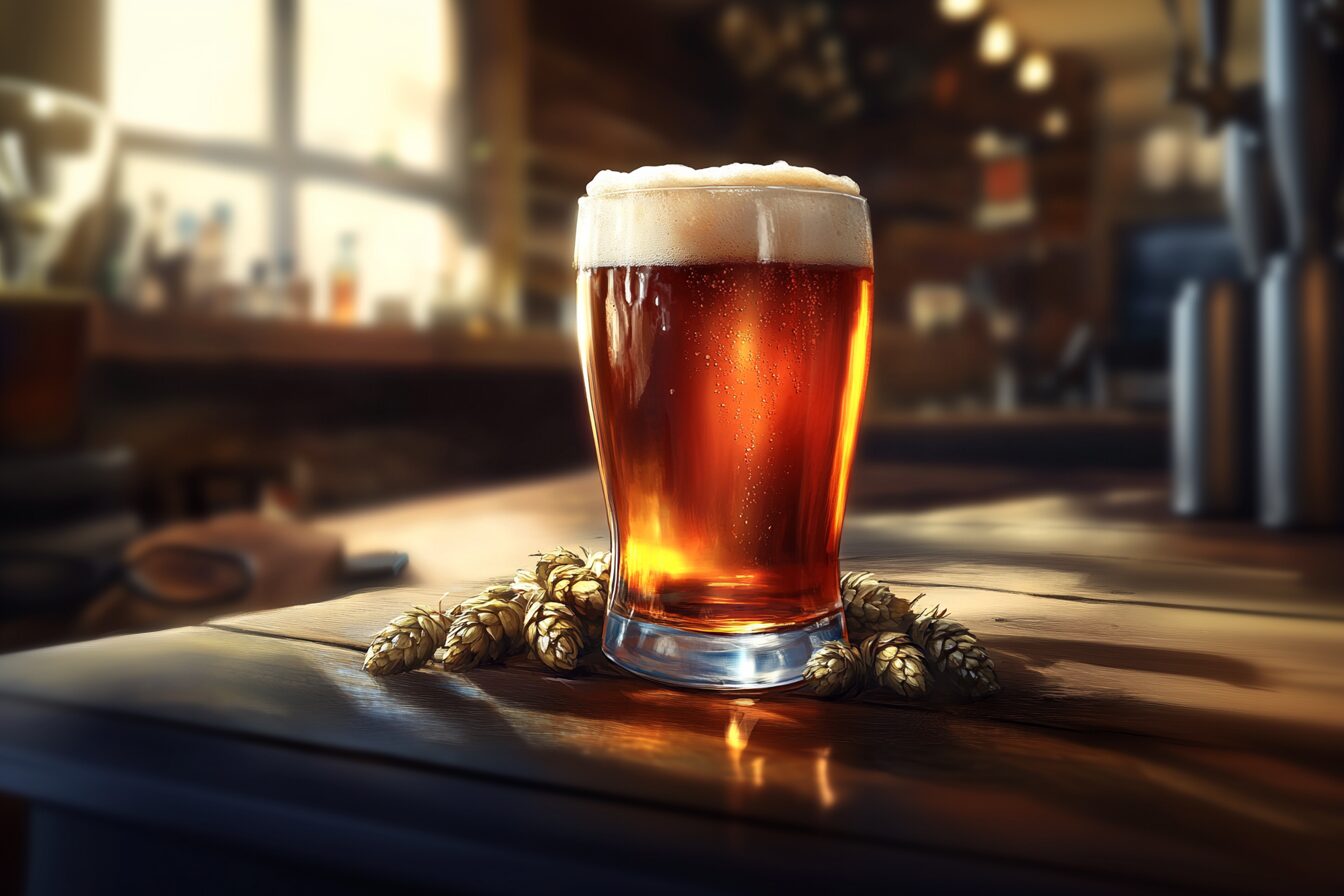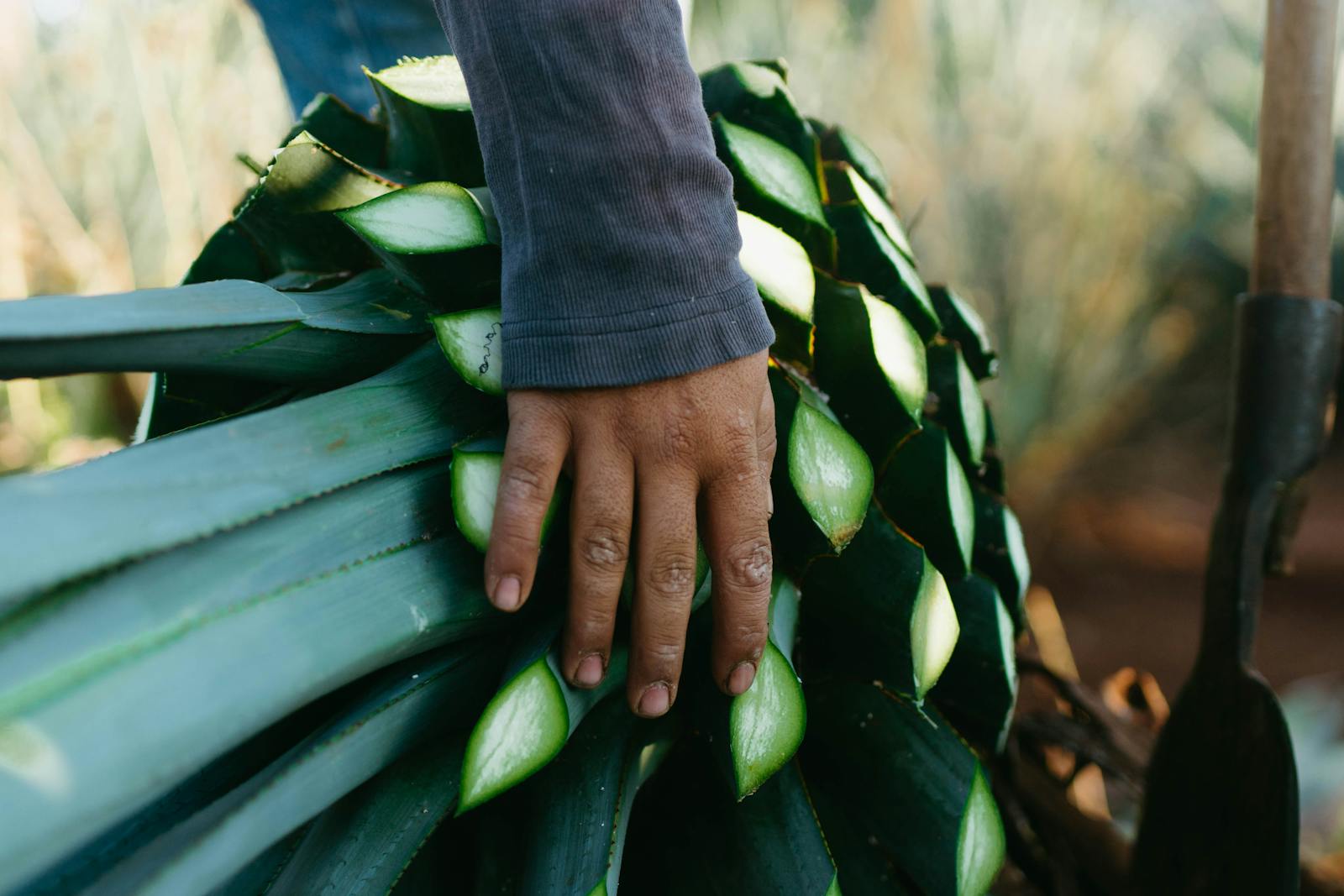IPA: India Pale Ale
Origin and History of IPA
So let’s chat about IPAs. India Pale Ale, to give it its fancy full name, has a past that’s both colorful and, let’s be real, a bit myth-laden. A tale as old as time claims these brews were born to tackle the bumpy boat rides from England to India, but hold your horses! Those savvy English brewers were sending pale ales over to India way back in 1717. Fun fact, though, folks favored dark porters to pale ales back then. Go figure! Wine Enthusiast.
“India pale ale” popped up in print in the Liverpool Mercury in 1835, but let’s not kid ourselves—British brewers were all over this style since the early 1800s Punch Drink. Fast forward to the 1990s: IPAs come roaring back thanks to a little shindig on Burton pale ales in 1990, which led to a hop-tastic IPA festival in ’93. This rebirth catapulted IPAs to stardom, making them a go-to choice in both the UK and the good ol’ USA.
Characteristics of IPA
IPAs don’t just come with cool stories—they’ve got flavor flair and a buzz to match. Hops take center stage here, bringing a parade of floral, piney, and citrus notes to your nose, while delivering a bold taste. Here’s what you’re sipping:
| Characteristic | Description |
|---|---|
| Color | Ranges from light gold to deep amber, style-dependent |
| Aroma | Bursts of hops with citrusy, piney, and floral aromas |
| Flavor | Bitter with a mix of sweet, from malt and hop collaboration |
| Alcohol Content | Usually from 5.5% to 7.5% ABV, but can soar past 10% in some styles |
| Mouthfeel | Ranging from smooth to creamy with a clean snap |
Hops aren’t just about the bite—they sprinkle a little magic into the aroma and depth of flavor that makes every sip an adventure. Thanks to this brew’s massive fan club, sub-styles abound, like the juicy New England IPA or the beefed-up Double IPA, each riffing with their own spin.
Got a hankering to know more about the vast craft beer universe or how IPA stands in that spectrum? Check out our takes on what is considered a craft beer? and is IPA craft beer?. Getting to know IPAs just ups your enjoyment game of these hop-filled marvels in the craft beer scene. Cheers!
IPA: International Phonetic Alphabet
Development of IPA
So, here’s the scoop: The International Phonetic Alphabet, what we pals call IPA, kicked off in the late 1800s. It popped up as a neat way to jot down sounds for all the babbling languages out there. Otto Jespersen, the famous Danish linguist, sent a little idea letter to Paul Passy, from the International Phonetic Association. That idea got polished up by some smart folks, including A.J. Ellis, Henry Sweet, Daniel Jones, and Passy himself (Britannica).
First hitting the bookshelves in 1888, the IPA has gotten a few makeovers since then. It’s mostly Roman letters, with a pinch of spice from different scripts like Greek. They twist those letters a bit so they fit in with the Roman crew. There’s this thing called diacritics that throws in extra info, like if you’re talking through your nose, or how long you’re stretching out sounds, and even tossing in a hint of how high or low you go.
Usage and Application of IPA
Linguists, language buffs, and dictionary nerds worldwide love their IPA. It was meant to be the one ring system to rule them all for phonetic transcription, but it’s still a big deal because it can twist and turn into all sorts of shapes. Oh, and singers are big fans too. They use IPA to nail pronunciation when they’re hopping between languages (Britannica).
Here’s a little look-see into what IPA gets up to:
| Application | What’s the buzz about? |
|---|---|
| Linguistics | Crack open the sounds of any language out there. |
| Language Education | Gets students talking the talk in a standardized fashion. |
| Dictionaries | Keeps dictionary pronunciation on the straight and narrow. |
| Music | Helps singers not hit the wrong note in any language. |
Dabbling with IPA can jazz up learning and chatting, making it super handy for education and linguistics. Curious about beer terminology or need to boost your brew knowledge? Swing by our articles like how do you know if a beer is a craft beer? or what is considered a craft beer?.
Affiliate Disclosure: This post may contain affiliate links. If you click and purchase through one of these links, we may receive a small commission at no extra cost to you. Thank you for your support!




